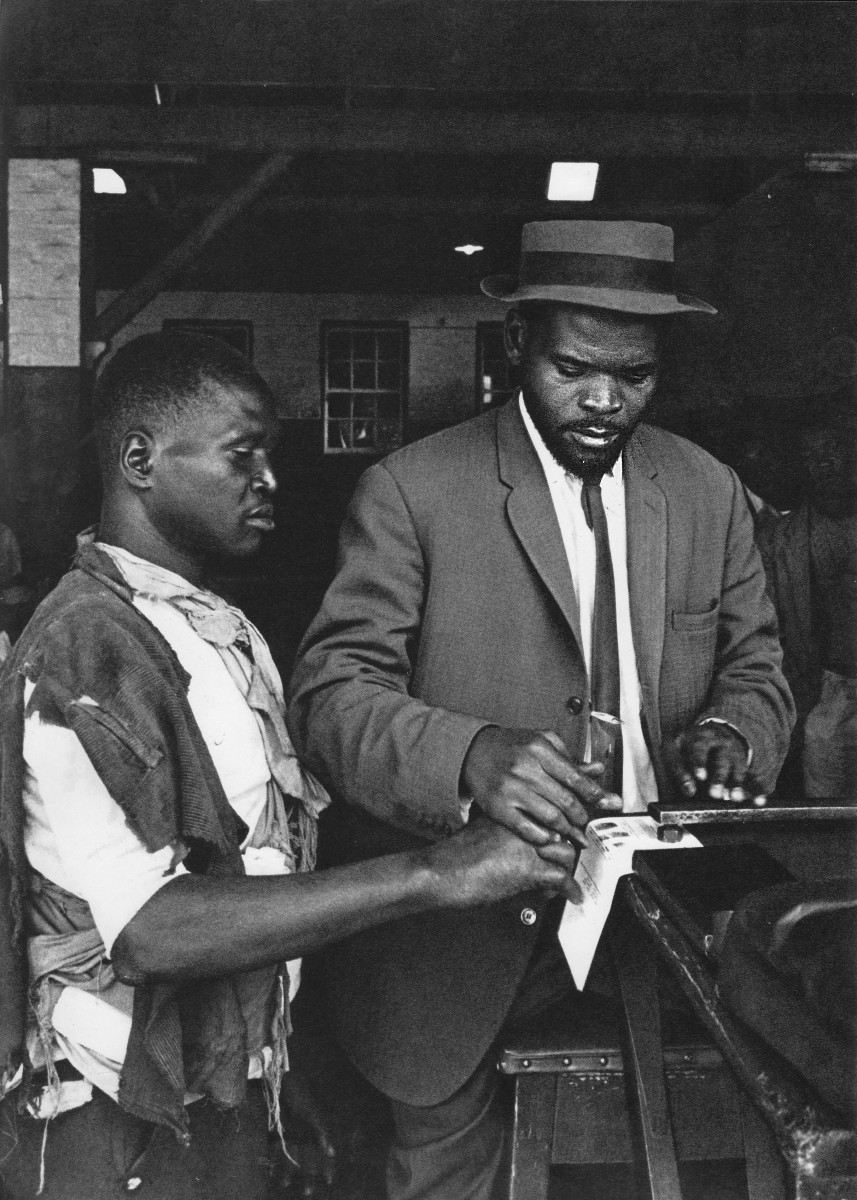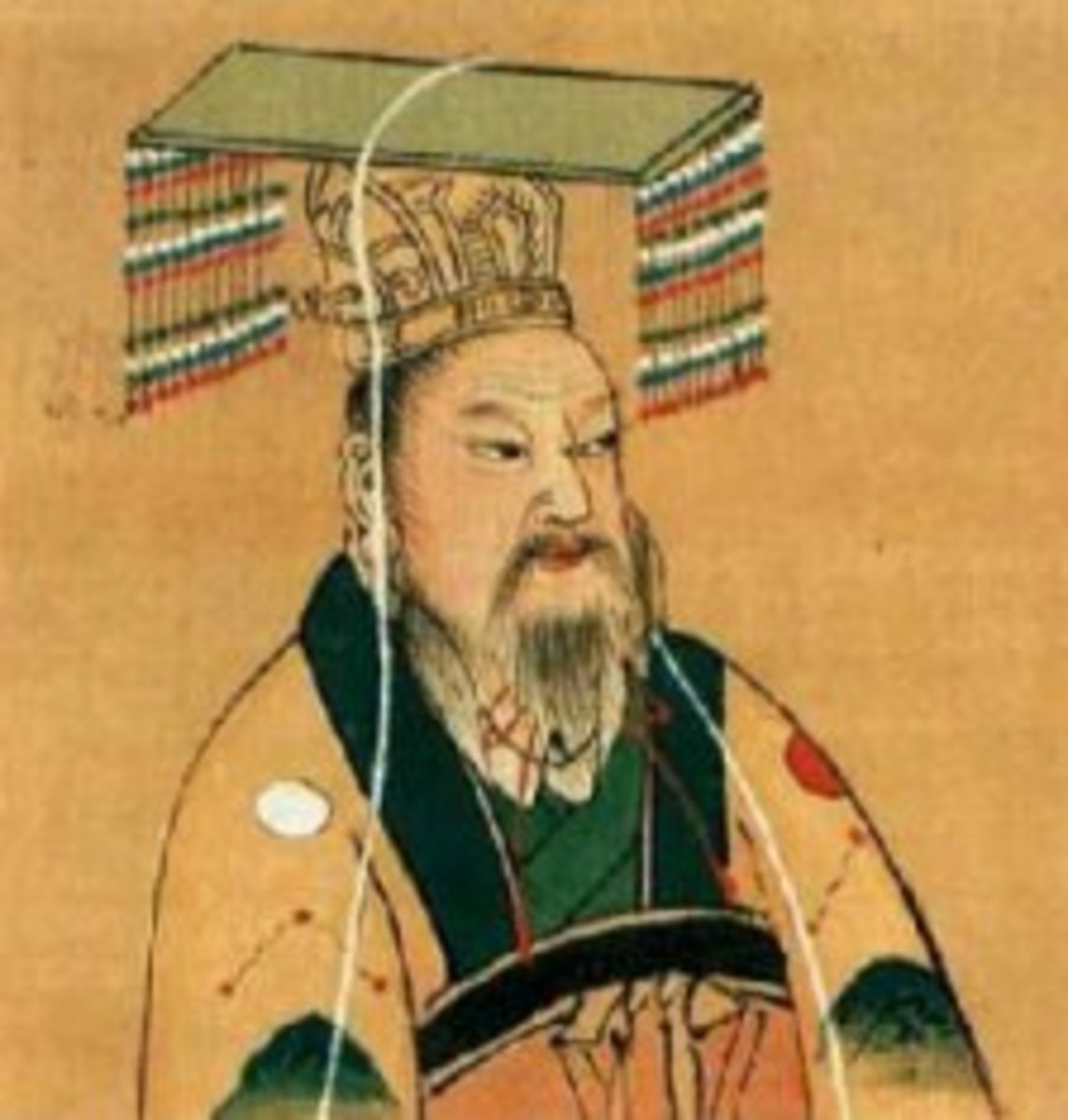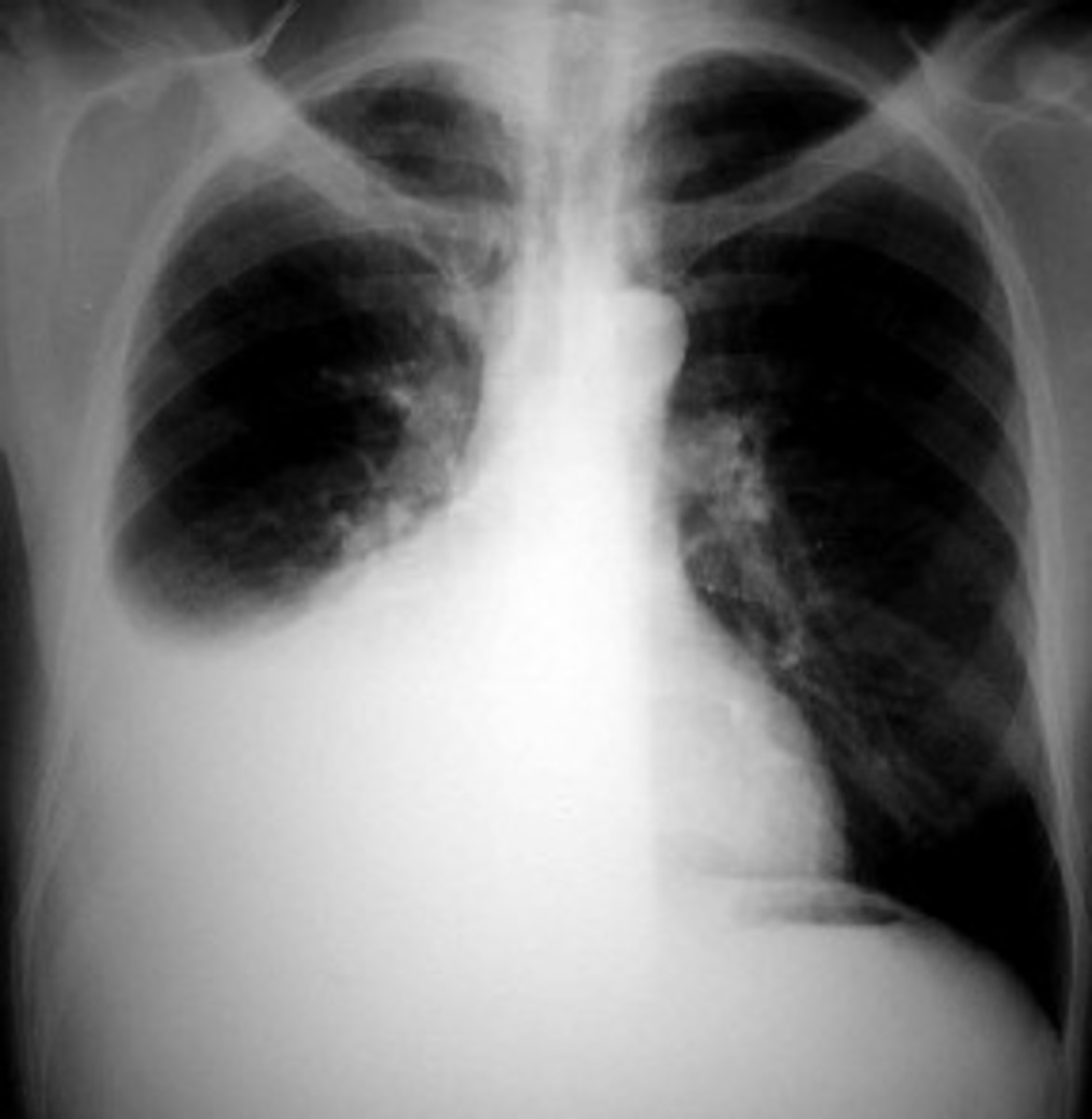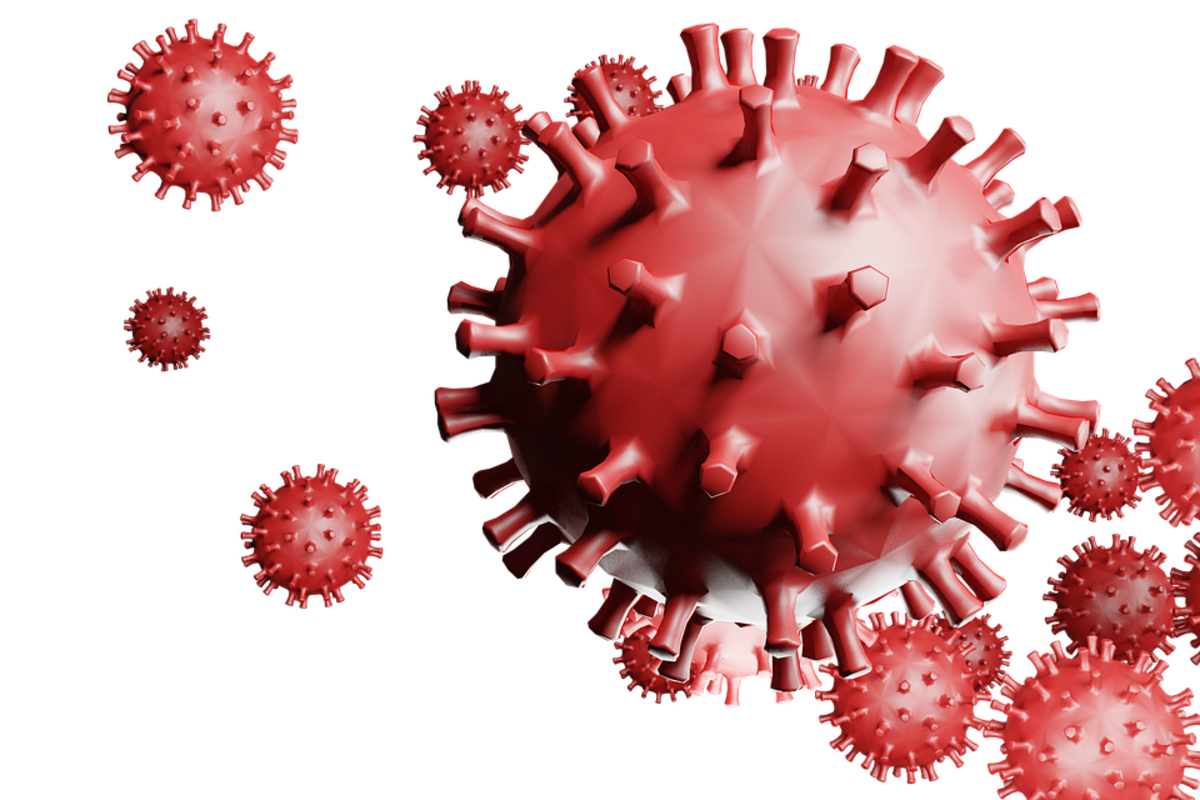How China Stopped the Spread of Covid-19?
The way China eradicated COVID-19 shows how committed and disciplined they are as a nation. Chinese nation has always been impressive since the start of the twenty-first century. China has never experienced such a record-breaking economic boost in their entire history. Their fight against the Pandemic was not any different in terms of discipline and commitment.
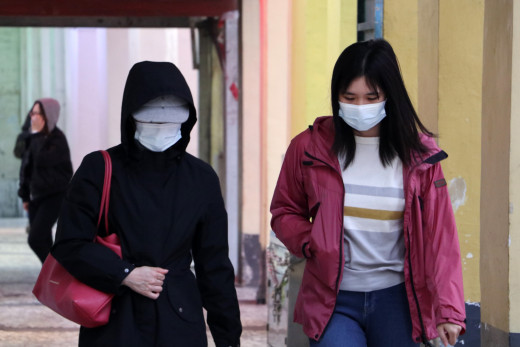
How China Fought Against COVID-19?
The total number of reported cases in China halted at 84,220, out of which 77,663 have recovered and it confirms 4638 fatalities. In Hubei Province alone, the number stood 67,803 infected, 64,014 recovered, and 3,212 fatalities. The data shows how well the Chinese Government and Health Department prevented the spread of the virus within the country.
Complete Lock-down
On January 23, the Chinese Government imposed complete lock-down on Wuhan city, a city containing over 11 million people. All public transports including buses, trains, taxi services and many local transports halted. All Public and private sectors were closed until further notice. Public and private institutions were closed. Malls, shops, and private businesses came to a halt. The Government advised People to stay within their homes. Only the health sector operated under highly controlled and supervised environment.
Police and the Military began to petrol on the streets to ensure no unsupervised activity and movement is taking place. Only the citizens with special permits were allowed to travel with extreme precautions. The Government blocked air, rail, and road services.
During the lock-down, the Chinese Government with the help of courier services and volunteers started the delivery service to ensure the residents of the city do not run out of food. To ensure the peace and to avoid chaos the daily essentials like food, clean water, hand sanitizers, face masks, and the protective kits were provided frequently. The Government ensured the safety and essentials for the families of the health workers so that the health department work at its optimum. The Authorities provided sufficient medical supplies to the health workers. Whereas the Health department assigned hundreds of teams to go door to door and check for people with the symptoms. The teams collectively knocked, 44 million doors in search of patients.
Unification of People and Government
Not only Government played their part, the people also sensed the responsibility to abide by rules of the lock-down. No protests, riots and unnecessary movement took place throughout the lock down. Countries like Italy resisted the lock-down, ended up announcing lock-down in the country because of devastating results.
After 76 days of complete lock-down, on April 7, 2020, the Government lifted the tiring lock-down. The heart of the pandemic, Wuhan, reported no cases for weeks. The lock-down decimated the spread of the virus and was the game-changer in the crisis.
Following Wuhan city, the Chinese Government also implemented the temporary lock-down in other cities with nominal reported cases to ensure it ended the virus. Almost ten cities experienced complete lock-down and around 32 cities experienced temporary partial lock-down.
All hands on deck
China reallocated its enormous chunk of the health care system and infrastructure to fight against the corona virus. Over 200000 medical workers flew to Wuhan and other cities of Hubei Province from all over China. The workers included both civil and military personal all over the province in an effective blend.
The medical staff implemented the three-layer strategy. Three layers of clothing including the kit, surgical gloves, and three layers of protective masks to eradicate any chance of viral infection. Meanwhile, the Government deployed teams to take care of the families of the front-line health workers.
The government of China builds two new hospitals in ten days to fight against the corona virus. As the number of cases was rising day by day, the need for medical facilities and quarantine centers increased in Wuhan. The Government completed two facilities with 2300 beds in ten days to reduce the shortage of medical infrastructure. The project worked under 24 supervision and three shifts every day. The facilities carried major load under the extreme situation.
The Chinese Healthcare Department started free corona virus testing to eradicate the hesitation among the people who could not afford it. Alone in Wuhan, 320,000 tests were conducted and around 3000 tests every day.
Apart from COVID-19 patients, the Chinese Health Care Department increased the prescription time of other patients to three months to ensure they also get the proper treatment simultaneously.
Robots and Telemedicine
The Authorities deployed modified Robots to fight against the virus. Smart transportation robots were used to transport food and medicine to patients and health workers. In April 2020, a field hospital staffed by robots opened in Wuhan, China. The robots helped exhausted doctors and nurses to relax while managing medication, checking vitals, and disinfecting the facility.
Hundreds of robots equipped with spraying nozzles disinfected the streets. The robots were also deployed in bus stations, subways, and markets. Working 24 hours with no human involvement, eliminating the risk of catching the infection.
Telemedicine is the practice of treating patients remotely when the provider and patient are not physically present with each other. Modern technology has allowed doctors to consult patients through video-conferencing tools. China developed telemedicine Health Centers on China and deployed hundreds of doctors on conferencing to treat people in quarantine. The online prescription system worked throughout the lock-down period. telemedicine is getting highly popular in other countries like Italy, Spain, and the US.
Fighting against the pandemic of this capacity is not a straightforward task. It requires civil-military unification and law-abiding citizens. Every department of the country needs to sense their responsibility. China showed the world that fighting against the pandemic requires a national spirit and nothing is impossible if the entire nation makes it possible.

